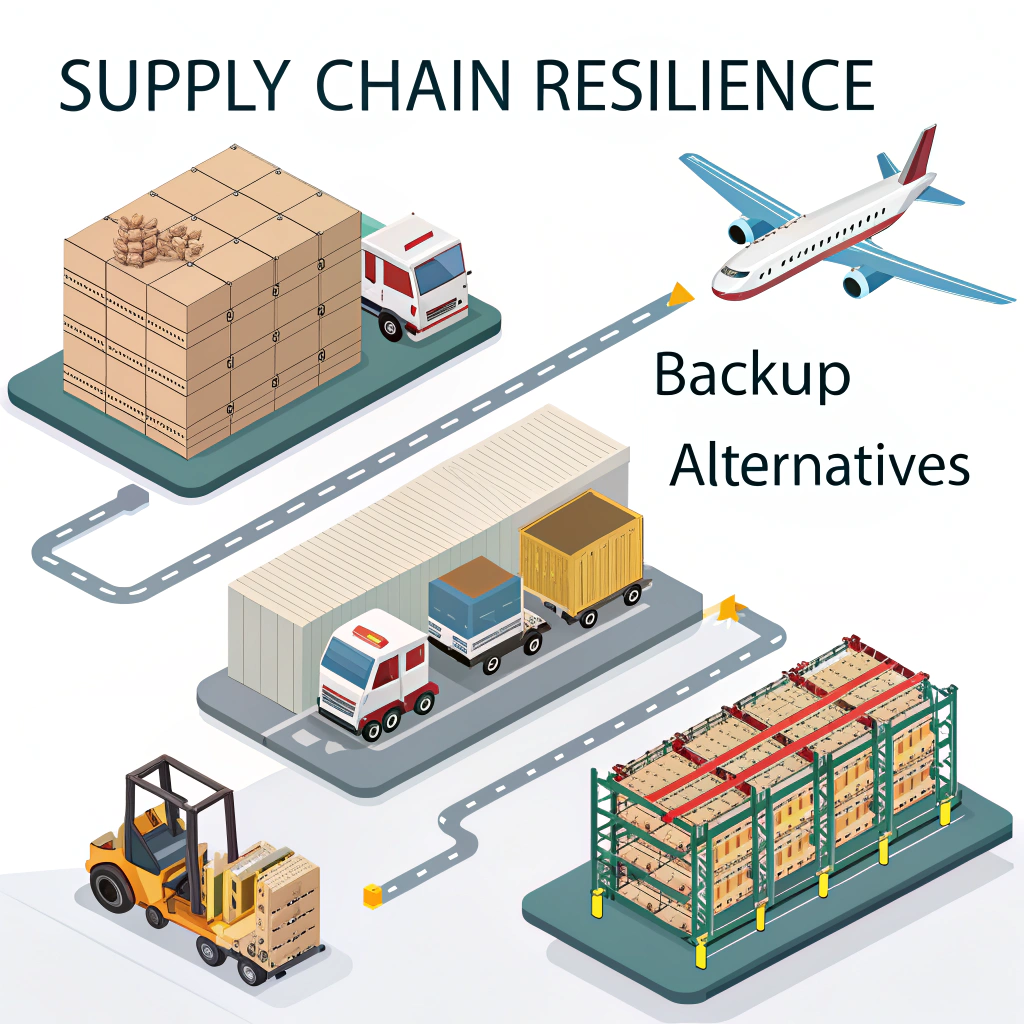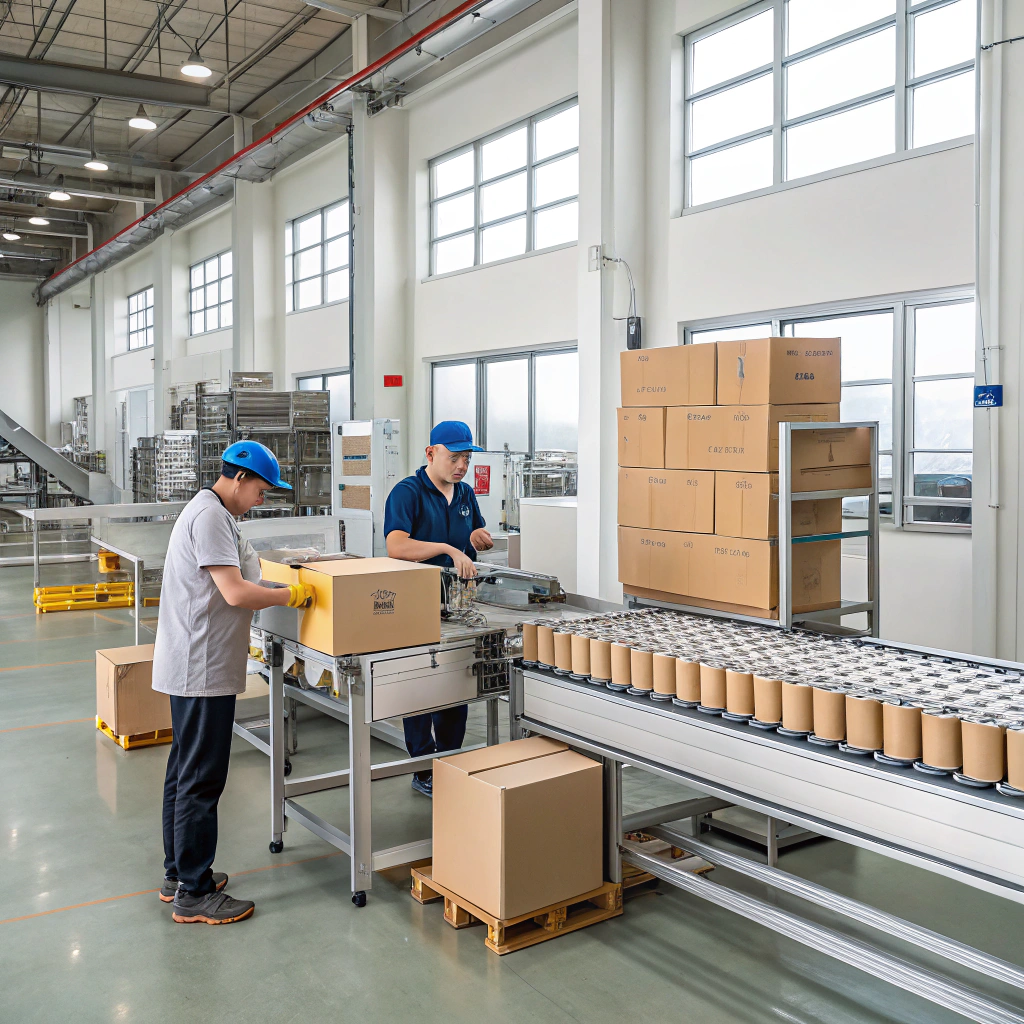Crisis-Proof Packaging: Lessons from Supply Chain Disruptions
Recent global disruptions have taught businesses valuable lessons about packaging resilience. Companies that survived and thrived during supply chain crises shared common strategies that made their packaging operations more adaptable and robust. These insights can help you build crisis-proof packaging systems that protect your business during uncertain times.

Diversified packaging supply chains provide crucial backup options during market disruptions
Diversify Your Supplier Base
The most vulnerable companies relied on single suppliers or concentrated geographic regions. Smart businesses developed relationships with multiple suppliers across different locations, creating backup options when primary sources failed.
Successful diversification involves more than just having multiple contacts. It requires regular communication, qualified backup suppliers, pre-negotiated terms, and periodic order placement to maintain relationships. Some companies maintain 60% primary, 25% secondary, and 15% tertiary supplier allocations.
This approach costs slightly more during normal times but provides invaluable insurance against disruptions. Companies with diversified supplier networks maintained operations while competitors faced shutdowns.
Embrace Material Flexibility
Rigid material specifications created unnecessary vulnerabilities during material shortages. Companies that built flexibility into their packaging specifications could pivot quickly when preferred materials became unavailable.

Flexible material specifications enable quick pivots when primary packaging materials become unavailable
Design packaging systems that can accommodate multiple material types without compromising protection or brand presentation. This might involve creating modular designs, developing alternative color schemes, or engineering packages that work with different substrate weights.
Document these alternatives clearly so production teams can implement changes quickly without lengthy redesign processes. Regular testing ensures alternatives meet quality standards before emergencies arise.
Build Strategic Inventory Buffers
Just-in-time inventory strategies proved problematic during disruptions. Companies that maintained strategic packaging inventory buffers continued operating while others waited for supplies.
Smart inventory management balances carrying costs against disruption risks. Focus buffers on critical items with long lead times, single-source materials, or components from volatile regions. This selective approach minimizes costs while maximizing protection.
Consider seasonal demand patterns, lead time variations, and historical disruption frequency when calculating optimal buffer levels. Advanced planning prevents both shortages and excess inventory costs.
Develop Local Supply Options
Global supply chains offer cost advantages but create vulnerability. Developing local or regional packaging suppliers provides crisis alternatives even if costs are higher.

Local packaging suppliers offer crucial alternatives during global supply chain disruptions
Local suppliers offer faster response times, reduced transportation risks, and better communication during crises. While they may cost more for routine orders, their value becomes clear during disruptions when global supplies are restricted.
Build relationships with local suppliers before you need them. Understand their capabilities, capacity, and pricing. Consider placing occasional orders to maintain active relationships and ensure quality standards.
Implement Rapid Response Protocols
Crisis-prepared companies developed clear protocols for packaging emergencies. These plans specify decision-making authority, supplier communication procedures, quality control adjustments, and customer notification processes.
Document alternative packaging specifications, approved supplier contacts, and emergency procurement procedures. Train team members on crisis protocols before emergencies occur. Regular drills identify gaps and improve response capabilities.
Effective protocols include escalation procedures, quality standard modifications, and communication templates. Quick decision-making prevents minor disruptions from becoming major crises.
Learn from Digital Integration
Companies with digital supply chain visibility weathered disruptions better than those relying on manual processes. Real-time tracking, automated alerts, and digital communication systems provided early warning and faster response capabilities.
Invest in systems that provide supplier performance monitoring, inventory tracking, and predictive analytics. These tools identify potential problems before they impact operations and enable proactive responses.
Long-term Resilience Building
Crisis-proof packaging requires ongoing attention, not one-time fixes. Regular supplier assessments, periodic protocol reviews, and continuous relationship building create sustainable resilience.
Consider resilience costs as insurance premiums rather than unnecessary expenses. The businesses that maintained operations during recent disruptions gained market share while competitors struggled with supply problems.
Building crisis-proof packaging systems takes time and investment, but the protection they provide during uncertain times makes them essential for long-term business sustainability.
